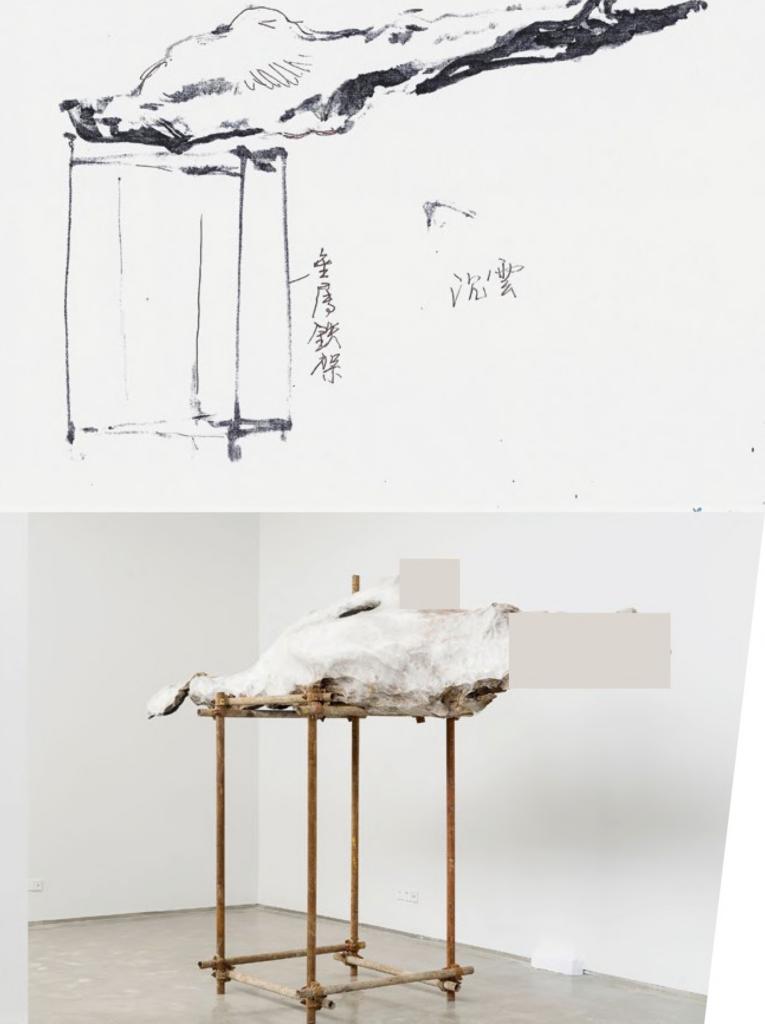Born in 1945 in Shanghai, China, he lives and works in Tiantai, China
Lonely Cloud
2016
For over three decades, Liang Shaoji has been breeding silkworms and integrating their silk and life cycles into his practice. His deep affinity for these insects and their work is expressed in the poetic and meditative quality of his sculptures, installations, paintings, photography, videos, and performances. Liang graduated in 1989 from the Zhejiang Academy of Fine Arts, where he studied soft sculpture with renowned Bulgarian fiber artist Maryn Varbanov. Soon after, he became fascinated by the possibility of working with live silkworms and gradually developed his unique form of silk farming into a generative and collaborative artistic process.
Liang closely observes the ways silkworms live, breed, and trans- form, investigating their responses to a myriad of different materials. Silkworms—commonly associated with renewal and rebirth—naturally cover everything with the silk they spin. For Liang, their soft but strong fiber represents a celebration of life’s vigor. At the same time, the artist incorporates rusted iron and other industrial waste in his sculptural work, often using metal as a symbol of industrialization and machines, which are coated and “healed” by the natural silk. His choice of subjects is inspired by the socioeconomic context of today’s China and its people’s collective, psychological experience of rapid modernization. He also draws ideas from traditional Chinese architecture, especially temples and similar spaces conducive to introspection and quietness.
Meditation, the practice of emptying one’s mind to experience peace, is an important element of Liang’s life and art, and the foundation of his connection to Zen and Buddhist philosophies. The mountain where he lives and practices his sericulture art is the home of Tiantai Buddhism. For Lonely Cloud (2016), Liang used camphor wood, usually carved into Buddha statues, as a ground for his silkworms. The large, heavy piece of wood is held up by a structure of rusted steel pipes, which the artist found at a construction site. In its raised position, the trunk’s form, wrapped in translucent, white silk threads, is reminiscent of a cloud. Liang has likened the way silkworms secrete strands of silk from their salivary glands to breathing or “cloud-forming.” Reoccurring throughout his work, clouds—regarded as sacred in Tiantai for their nobility and strength—embody the spiritual in nature.



